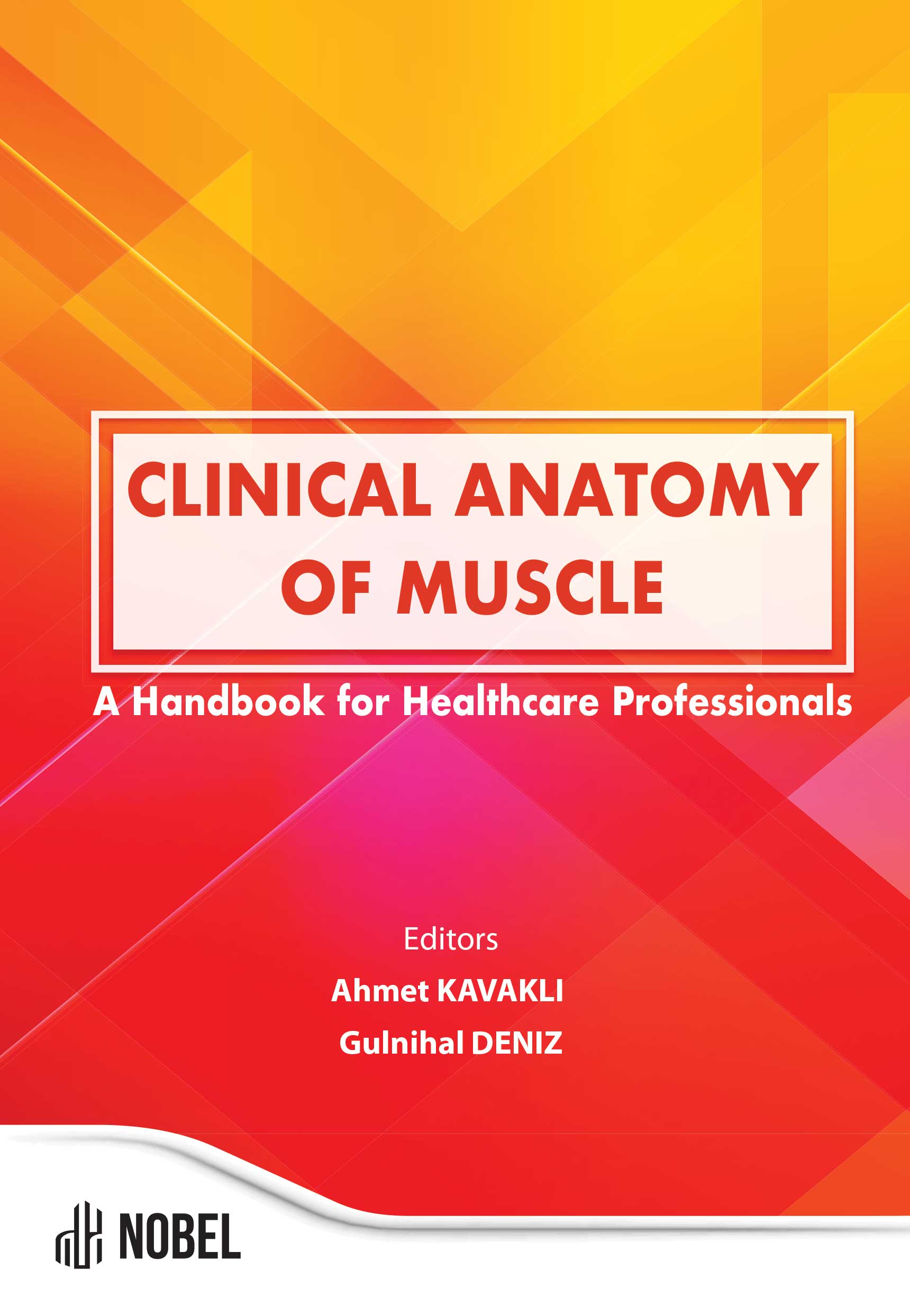Muscles of the Back
Rukiye Ciftci (Author)
Release Date: 2024-02-26
The back is the posterior part of the body. The skeletal and muscular structure of the back is largely responsible for supporting and moving the torso. Additionally, the back contributes to the support and stabilization of the upper extremity and head, enabling their movements to be smooth and purposeful. The bony structures that make up [...]
Media Type
Buy from
Price may vary by retailers
| Work Type | Book Chapter |
|---|---|
| Published in | Clinical Anatomy of Muscle a Hand Book for Healthcare Professionals |
| First Page | 61 |
| Last Page | 78 |
| DOI | https://doi.org/10.69860/nobel.9786053358862.4 |
| Language | ENG |
| Page Count | 18 |
| Copyright Holder | Nobel Tıp Kitabevleri |
| License | https://nobelpub.com/publish-with-us/copyright-and-licensing |
Rukiye Ciftci (Author)
Associate Professor, Gaziantep Islam Science and Technology University
https://orcid.org/0000-0002-5894-5256
3Associate Professor. Rukiye ÇİFTÇİ; The Faculty of Medicine works in the field of anatomy. His research areas are especially human morphology, radiological anatomy and the use of artificial intelligence in medicine. He wrote six book chapters and many articles in the field of anatomy. In particular, making various predictions (such as gender, disease) using machine learning algorithms from radiological images attracts attention.
Arifoglu, Y. (2021). Anatomy In Every Aspect 3rd Edition.
Arinci, K. (2006). Anatomy Volume 1: Bones, Joints, Muscles, Internal Organs. Gunes Bookstore.
Ergun, K. M., Hayran, M., Demiryürek, D., & Bayramoğlu, A. (2014). Anatomy. MN Medical & Nobel Medicine
Gray, J. (2013). Gray’s anatomy: Selected writings. Penguin UK
McKinley, M. P., O’loughlin, V. D., Pennefather-O’Brien, E., & Harris, R. T. (2008). Human anatomy. McGraw-Hill Higher Education.
Moore, K. L., Dalley, A. F., & Agur, A. M. (2014). Moore anatomia orientada para a clínica. Guanabara koogan.
Sargon, M. F. (2016). Sobotta Anatomy Subject Book.Snell, R. S. (2011). Clinical anatomy by regions. Lippincott Williams & Wilk
Yıldırım, M. (2003). Locomotor system anatomy: bones, joints, muscles, medical terminology. Nobel Medical Booksto
| onix_3.0::thoth | Thoth ONIX 3.0 |
|---|---|
| onix_3.0::project_muse | Project MUSE ONIX 3.0 |
| onix_3.0::oapen | OAPEN ONIX 3.0 |
| onix_3.0::jstor | JSTOR ONIX 3.0 |
| onix_3.0::google_books | Google Books ONIX 3.0 |
| onix_3.0::overdrive | OverDrive ONIX 3.0 |
| onix_2.1::ebsco_host | EBSCO Host ONIX 2.1 |
| csv::thoth | Thoth CSV |
| json::thoth | Thoth JSON |
| kbart::oclc | OCLC KBART |
| bibtex::thoth | Thoth BibTeX |
| doideposit::crossref | CrossRef DOI deposit |
| onix_2.1::proquest_ebrary | ProQuest Ebrary ONIX 2.1 |
| marc21record::thoth | Thoth MARC 21 Record |
| marc21markup::thoth | Thoth MARC 21 Markup |
| marc21xml::thoth | Thoth MARC 21 XML |

